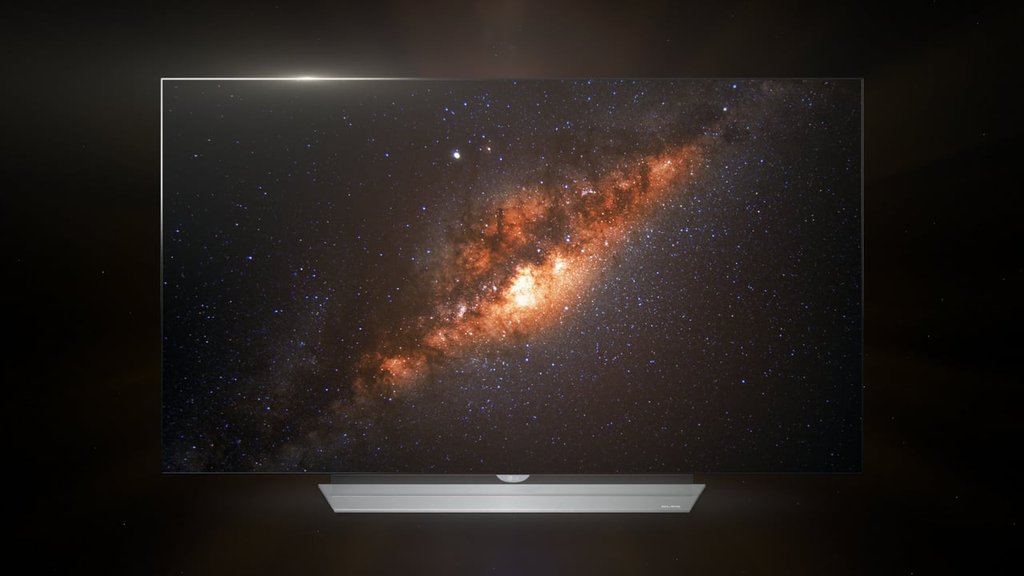OLED vs QLED TVs

In a world of stunning displays, OLED used to be the undisputed champion of cutting-edge displays. Recently Samsung's QLED technology is looking to disrupt this supremacy.
Both display technologies offer vibrant colors, deep blacks, and thin designs that should stick around for the long term future. We explain how each technology is different and mention the pros and cons of each.
How they work
OLED
Short for organic light-emitting diode, OLED is a very energy efficient LED technology made by LG that works similar to the heating elements in an oven or toaster: more current being driven through each pixel corresponds to more brightness. When the current is off, the pixel is completely off and is completely black.
This process is called electroluminescence. The organic part comes from the different carbon materials used to generate each color. The main benefit is that OLED is the only technology capable of generating absolute blacks and very bright colors on an individual pixel basis. This means the contrast ratio or the difference between the blackest black and the whitest white is highest on OLED panels. The larger the number in the ratio, the better and more vibrant image you have.

Samsung used to make OLED panels but they stopped to focus on their improved LCD technology.
QLED
Short for quantum-dot light-emitting diode, this proprietary marketing brand technology feature of Samsung works much differently than OLED.
Unlike OLED, QLED is an improvement upon LCD panels. In short, LCD panels like your computer screen, need a constant source of backlighting to display. The LCD generates color but the color is only projected by the back light. In OLED, remember, each pixel is its own light source.
Samsung's QLED technology has minimized the bleeding or blooming of light that occurs around the edges of a "black" screen but the contrast ratio will never be as good as in an OLED.

Where QLED is better in is in brightness. The quantum-dot particles, which allow for amazingly brilliant greens, enhance the LED lights which are incredibly bright and brilliant. The colors are nothing short of eye-popping, especially with 4K content.
Conclusion
Both OLED and QLED offer incredible color accuracy and color brightness out of the box. OLED TVs are thinner because they do not need a backlight while also having superior contrast ratios by having pure blacks.
QLED sets are brighter offering amazingly rich and vibrant color representation.
Both technologies are great with OLED being more prevalent now, also being used in phone screens. QLED has not been implemented yet into many models due to how much the technology is than OLED.
However, the future is bright, pun intended, for QLED as improvements in the quantum-dot technology might make QLED models slimmer.
We at PC TEC RESCUERS want to keep consumers like you informed about all things technology. Our friendly techs are available to support you with any computer or phone or printer related needs 24/7!


Comments
Post a Comment